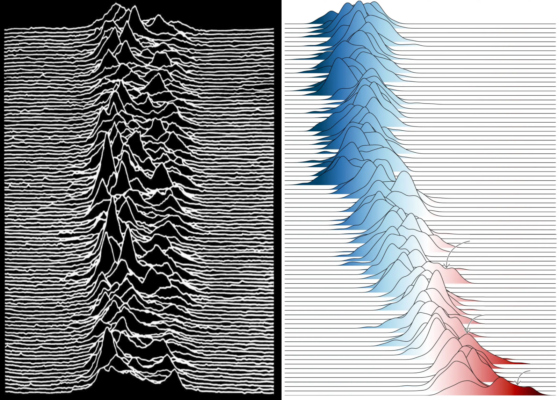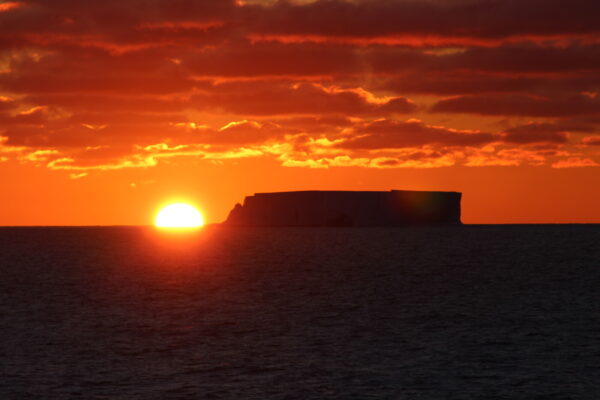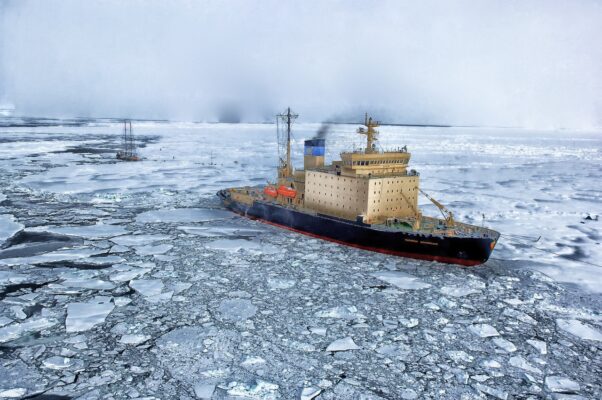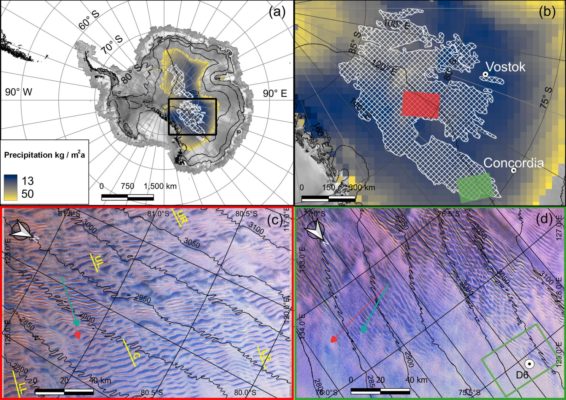Understanding what is going on inside an ice shelf is important for many reasons. But mostly, it allows us to better understand their contribution to sea level rise, and to understand how they are changing and evolve over time, with our changing climate. Geophysical methods offer a means to be able to see inside an ice shelf, and get an idea of their properties. Read on to find out a bit more abou ...[Read More]
Did you know that a lack of Arctic shipping regulation has detrimental environmental effects?
Increased maritime transport in the Arctic, facilitated by the reduction in sea ice cover, is causing tremendous harm to an already vulnerable part of the world. Insufficient regulation of Arctic shipping has detrimental environmental effects on a global scale. These effects include, e.g. underwater noise pollution, oil spill risk and threats to the global climate. But did you know what role regul ...[Read More]
You can’t unsee it – the impact of a good visual for scientific data

We are visual learners after all and for many of us, creating visual content is far more out of our comfort zone than the already hard earned skills of writing itself. Still, creating an accessible image can be pivotal to not only the success of your paper, but also the reach of your science in general. Today’s post started with a climate figure that went viral because of its similarity to the ico ...[Read More]
The search for the Antarctic giants!

The deep Southern Ocean is full of giants! Some of them scared the sailors for centuries, like the colossal squid or, as they called it, The Kraken. They thought it was a huge monster capable of sinking ships! Far from it, these giants ran away from us, and we still know very little about them! They live in depths where the light cannot penetrate, the largest ecosystem on Earth, the Deep-Sea! They ...[Read More]
Highlighted Paper: Breaking the ice – what’s new in modeling sea ice deformation

Most of the time when we speak or read about sea ice it is probably about its extent or thickness or the decline in both, or maybe even about the microorganisms living inside and underneath it. How sea ice breaks and deforms is normally not so much the topic of general discussions. This is actually a really important process that we do not know enough about, at the same time it is pretty co ...[Read More]
Did you know… about worms surviving in permafrost for at least 46000 years?

Lately permafrost makes the news more and more because of its enormous carbon stocks and its vulnerability to climate change. While permafrost greenhouse gas budget calculations are complex and harbour an ever-growing research community, its microbial ecology is still on the rise. A recent star are tiny roundworms that survived frozen in permafrost for 46’000 years. Take a short dip into this new ...[Read More]
Did you know there’s a (relatively new) treaty for the Central Arctic Ocean?
Even as regular readers of the Cryosphere Blog , you might still be unfamiliar with the large amount of regulation that surrounds the cryosphere – and the research that’s being done on it. As effective regulation of our environment is needed, we need more scientists to understand the law and more lawyers to understand the science. So, brace yourselves and hold on tight, while we run through one of ...[Read More]
Did you know there is light pollution even in the Arctic?

Light emissions are increasing worldwide and much of the world is light polluted due to excessive and inefficient light use. This has negative consequences for many organisms, such as birds, insects, fish, plants and humans. Even in the high Arctic, which is remote and sparsely populated, and experiences the polar night for a large part of the year, there are artificial light sources which disturb ...[Read More]
Did You Know That It Ain’t Easy Being Greenland?
As a reader of the Cryosphere blog, you may have spent a lot of time looking at the Greenland Ice Sheet, but do you really know what Greenland looks like? This “It Ain’t Easy Being Greenland” map is something I made for fun during the #30DayMapChallenge (an international project to complete one map a day during the month of November) and highlights how different the island country appears dependin ...[Read More]
Did you know about Antarctic snow megadunes?
When we think of dunes our thoughts automatically go to deserts and sand. But on Earth, as well as on other celestial bodies of the solar system, dunes exist also in a completely different environment. I am talking about gigantic dunes consisting of snow. On Earth they are called megadunes and you can find them only in East Antarctica, where they extend for thousands of km. If you want to know mor ...[Read More]





